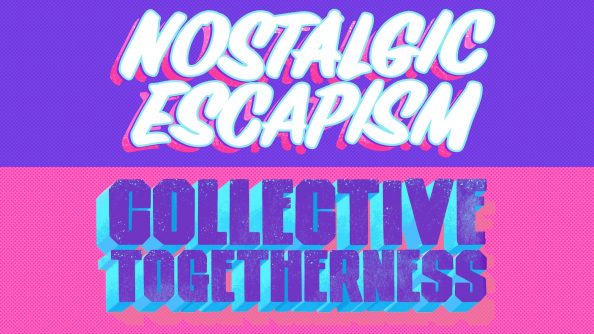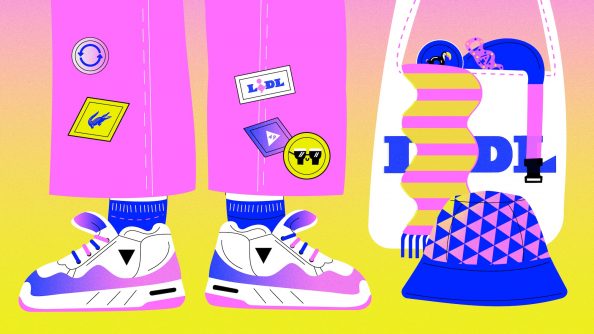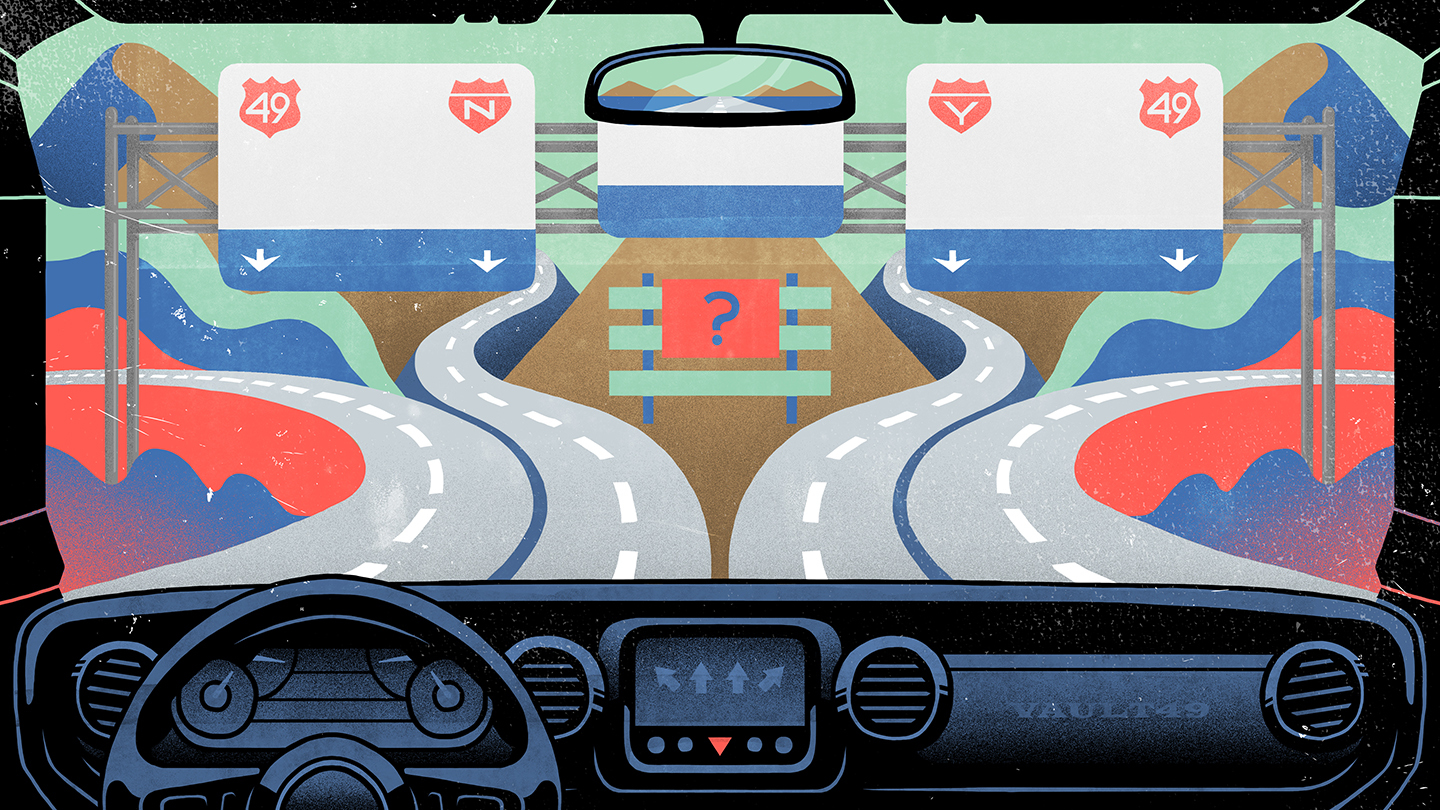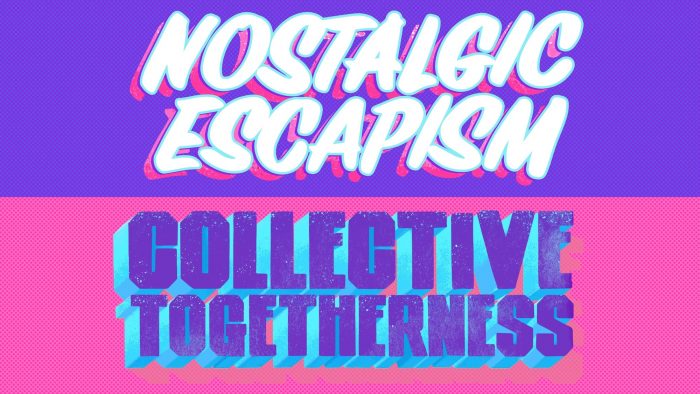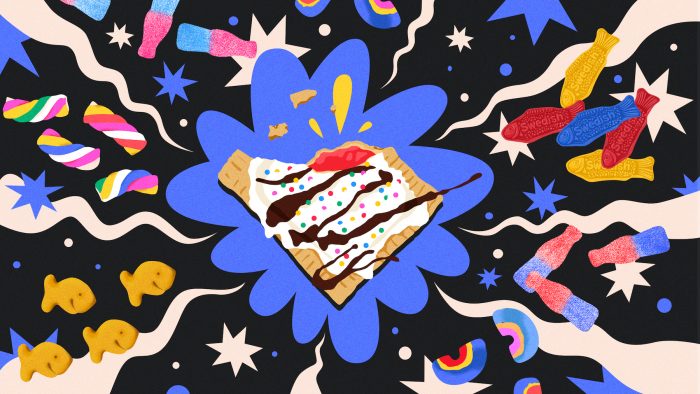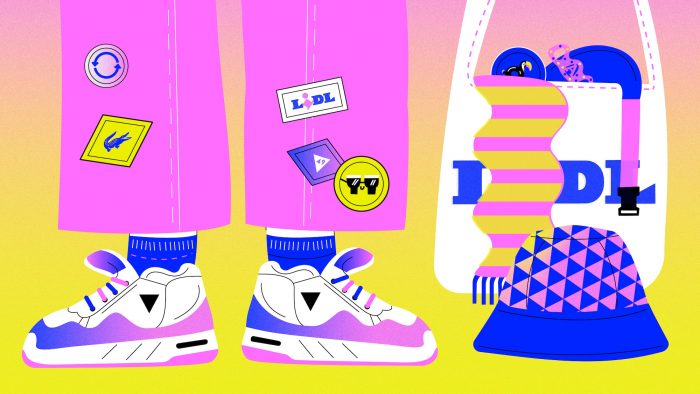Coming out of the pandemic, consumer brands need to think about how they fit into the post-Covid landscape. We explored three themes that are highly relevant for brands that we expect to see the greatest shifts in: convenience, wellness, and experiences.
Some consumers will embrace trends like these whole-heartedly. Others will turn heel and take off down the street in the opposite direction, wanting nothing more than a change of pace. And you can’t overlook those individuals who will sit comfortably in the middle lane without going to either extreme.
To succeed post-Covid, brands must anticipate and plan for how they will fit into these polarized, fragmented realities. That doesn’t mean that you need to cater to each extreme in every trend. But it does mean that you need to assess your brand so that you can figure out what makes the most sense for its identity.
Here’s what you need to know about these consumer trends—and how your brand should navigate them.
How Much Convenience Will Consumers Want in the Post-Covid World?
Our desire for more convenient solutions to life’s demands has grown without interruption since the dawn of the Industrial Age. During the pandemic, however, convenience sometimes felt like as much a curse as a blessing. Even something as benevolent as convenience can wear out its welcome when you have no other choice but to engage with it.
Take a convenience-oriented brand like Drnxmyth, for example.
Drnxmyth succeeds in showing how to play into our current state of convenience. Order the fresh juice and spirit-based cocktails online, have them sent in a chilled box overnight, and all you have to do is twist the base of the bottle to mix your cocktail.
Once the pandemic is in the rearview mirror, will we as a society be sick of this type of ultra-convenience? Will we see a backlash against convenience and toward DIY, as we did with the recent sourdough bread baking boom?
Or will we be happy to continue forward with online ordering, curbside pickup, and all of the other conveniences that became the norm during Covid?
Leaning Your Brand Into Convenience Post-Covid
Ultimately, consumers want convenience on their own terms. How those preferences express themselves may vary from person to person, from day to day, and even from product to product. As we look to this future shift, and the potential for uber- and anti-convenience, brands can respond in a number of ways.
Consider the post-Covid possibilities of convenience through the Drnxmyth lens. If your brand is squarely positioned in the “convenience” space, you could lean into it even more. For instance, could Drnxmyth offer a cocktail party in a box? Including glasses, perfectly paired snacks, and other accompaniments so you don’t have to lift another finger?
Taking Your Brand in a Less Convenient Direction
Conversely, if your brand isn’t in the convenience space, or if you are looking to stand out within your category of convenience, explore what might happen if you upped the engagement across consumers’ journeys. You might not want to be inconvenient, but more meaningful engagement (and less passive consumption) could open up new whitespaces for your brand to grow.
In this case, Drynxmyth could include garnish kits to add to your cocktails, or even change their bottle structure to force you to pour it into a glass. Or, if they’re happy playing in the middle lane of this convenience dichotomy, they could offer layers of engagement. They could give people more control over how they mix their drink—whether it’s a stronger alcohol content, or being able to mix and match different spirits and juices as they desire.
How Does Wellness Fit Into the Coming Post-Covid Celebration?
The physical health risks associated with Covid, along with the financial, emotional, and social strains the pandemic created, have put wellness front and center in our minds like never before. In the future, as we explore these shifts in wellness—with it either growing more pervasive in our lives or becoming a big cliche—brands can address their point of view in different ways.
Baileys’ launch of their new “Deliciously Light” product is a great example of a brand delivering with the current state of wellness in mind. With 40% less sugar and calories—but all the indulgent flavor intact—they’re acknowledging that sometimes you can have it both ways. It’s possible to indulge yourself even while prioritizing wellness.
But what will this look like when we’re able to get back out into the world again? Will we be more protective and nurturing of our wellness than ever before?
Or will we just want to party?
Brands Can Embrace Wellness with Open Arms Post-Covid
Brands that want to double down on wellness can’t just provide “better” options. They need to give consumers more control over what “better” means. Since it’s such an individual and of-the-moment choice, “better” could mean fewer calories or more indulgence, for example.
In this scenario, Baileys could expand their Deliciously Light line to offer more, even better choices—one made with grass-fed cream, for example, and another with sustainably sourced coconut milk. They may also offer their 40% less “Deliciously Light” product while also introducing a 20% less “Deliciously Lightish” or a 60% less “Deliciously Lighter.”
How Brands Might Subvert the Idea of Wellness
Even brands that are “better for you” may want to lean into the health angle. They can take a tongue-in-cheek response to the new world of wellness and their brand’s place in it. Baileys Deliciously Light could launch a marketing campaign focused on using their product in over-the-top recipes, while the product itself is still a healthier option.
Brands playing in the middle ground can celebrate this fragmented moment with consumers, too. For Baileys Deliciously Light, this could mean hitting the yoga studios to offer the perfect post-stretch sip (or even sponsoring online yoga classes, all ending with a taste of Baileys as a final ‘namaste’). At the same time, they could show up at the most indulgent boozy brunch spots to amp up the party vibes.
How Will Consumers Want to Experience the World Around Them Again?
The “experience economy” (where brands don’t just sell products, but deliver experiences) has been the holy grail in marketing for years. A major shift in consumer behavior during the pandemic was, of course, the embracing of digital experiences. Experiential options in brands’ toolkits were fairly limited during Covid lockdowns, and the digital realm was really the only opportunity to provide those experiences.
Once in-person experiences are back on the table, will interaction-starved patrons seek them out en masse?
Or are many of us going to be happy staying to play in a largely digital realm?
BrewDog’s Pivot to Meaningful Digital Experiences
During the pandemic, we lost the opportunity to head over to the pub with our friends after a long week at work. BrewDog, the UK’s fastest growing Food & Drinks company, recognized this and gave customers a digital experience that helped fill that void. They transferred their physical brewery experience into an “online bar” and meet-ups that, while not true “in-person” experiences, felt a lot more like them than what many other brands were offering at the time.
Even so, consumers obviously haven’t just “moved on” and accepted the digital experience as the new standard. After more than a year of various degrees of lockdown, many of us are hungry for more in-person experience. How might that play into brand offerings?
Going All-In on the Non-Digital Experience Post-Covid
With physical locations opening back up, even digitally savvy brands like BrewDog may be ready to buck the virtual trend in favor of fully face-to-face interactions. That might lead brands to establish something like a “no cell phone” policy before entering a bar.
After a year of relying on digital communication for every interaction, consumers might be ready to have that element of distraction stripped away. The best thing brands can do is understand that both sides of the equation will exist. They need to be ready to find their place in either extreme, or in the middle ground, depending upon their brand identity and audience.
How Can Brands Adapt to These Post-Covid Shifts?
The approach to these shifts depends on the brand, its category, and the business’ objectives. You can lean into one extreme or the other, or play somewhere in the middle. Most brands will make adjustments to their positions over time.
What you can’t do is fail to recognize and acknowledge that these shifts are taking place. We already see many lines beginning to blur—lines between the physical and digital, lines between wellness and hedonism, and other lines we’re not even aware of just yet.
The decisions you make about your brand today will inform the way it resonates in the post-Covid environment. Take stock of the trends affecting your industry, consider the implications for your brand, and get ready to adapt to a world where the pandemic is behind us.
It will be fragmented, and polar extremes will exist. Finding your brand’s lane, and understanding the need to adapt as consumer preference shifts even if you’re playing in the middle, is integral to your post-Covid success.
